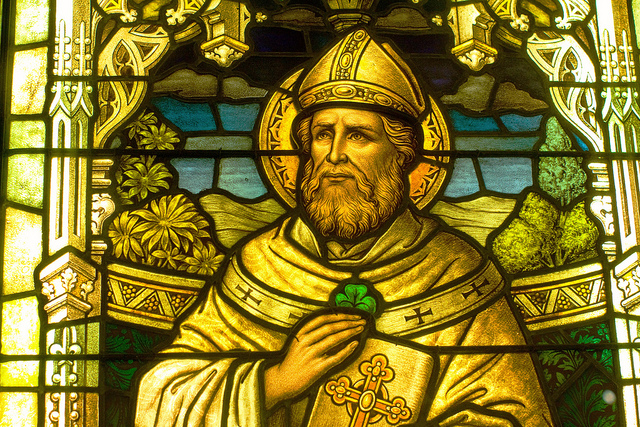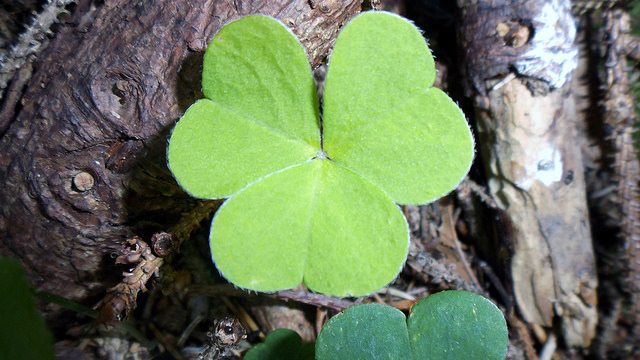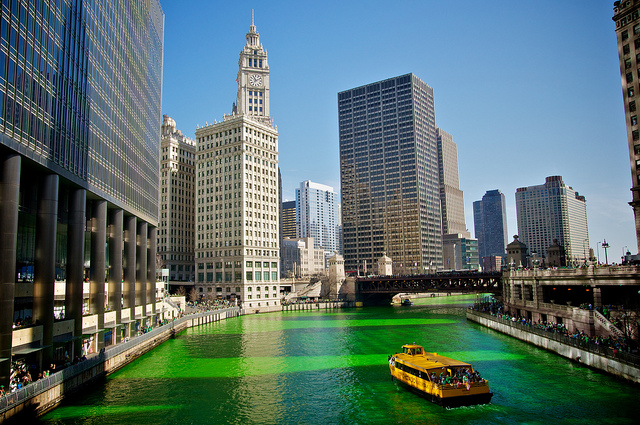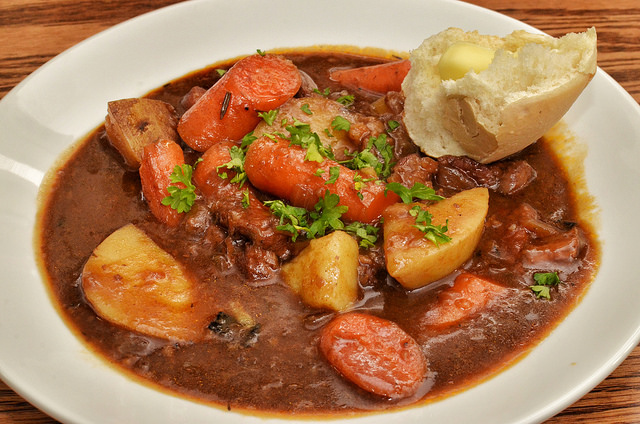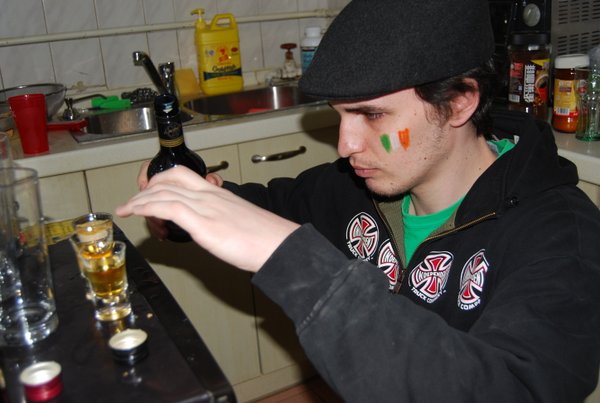St. Patrick’s Day Posted by sasha on Mar 16, 2017 in Culture
St. Patrick’s Day is an Irish holiday that falls on March 17th. This traditional Irish holiday celebrates Saint Patrick. He is credited with bringing Christianity to the country. Because of this, he is Ireland’s patron saint. Let’s learn a bit about St. Patrick himself and some traditions associated with this holiday.
St. Patrick
St. Patrick was born in the late 4th century in Roman Britain to a wealthy family. At the age of sixteen, he was kidnapped by Irish raiders and made a slave in Ireland. He spent six years working as a shepherd. It was during this time that he turned to God. As the story goes, God told him to flee to the coast. He managed to escape and return home, where he studied in a monastery and eventually became a priest. He later decided to go back to Ireland in an effort to convert the pagans to Christianity. As a missionary, he successfully converted thousands of people. This made the Celtic Druids very angry, and they tried to arrest him several times. He continued this work for many years, until he finally settled down. St. Patrick died on March 17th, 461. In the years following his death, many legends arose about him. He eventually became known as the patron saint of Ireland, and is celebrated on the anniversary of his death.
Legends
There are quite a few legends around St. Patrick and his work converting the Irish. One says that he used a shamrock (a three-leafed clover) to explain the Holy Trinity of the Father, the Son, and the Holy Spirit. These days, the shamrock is an important symbol of the holiday.
Another legend says that St. Patrick drove all of the snakes out of Ireland. As the story goes, he chased them all down into the sea after they started to attack him during a 40-day feast. However, scientific evidence shows that there were no snakes in Ireland at that time. It’s believed that the story is allegorical – the snakes represent the evil that he drove away by converting the people of Ireland to Christianity.
It’s also said that St. Patrick created the first Irish Celtic Cross. He decided to draw a Christian cross through a circle, which was familiar to pagans as a symbol of the sun or moon gods. In this way, he showed he could adapt their customs and symbols to Christianity to help ease the transition.
St. Patrick’s Day
St. Patrick’s Day has been celebrated as a religious holiday in Ireland for a long time. Traditionally, families would attend a church service in the morning and then celebrate in the afternoon. Because this day falls during Lent – the 40-day period of fasting that ends with Easter – it was seen as a welcome break. Restrictions on eating and drinking alcohol were lifted for this one day. Food and drink remain an important part of the holiday. One Irish custom is known as “drowning the shamrock.” This is when a shamrock is placed in a cup that is then filled with Irish whiskey, cider, or beer. It’s then drank as part of a toast, with the shamrock either being consumed or tossed over the shoulder for good luck.
With the arrival of many Irish immigrants, St. Patrick’s Day was brought to the United States. The first St. Patrick’s Day parade didn’t occur in Ireland, but in New York City in 1762. Irish soldiers serving in the English army marched to traditional Irish music through the city, starting a tradition that is still alive today.
These days, there are St. Patrick’s Day parades in many cities in the US and around the world. One of the most famous takes place in Chicago, where they actually dye the river green in honor of the holiday.
One of the most important traditions of St. Patrick’s Day is wearing green. There are a few reasons why green is the color of choice for St. Paddy’s Day. For starters, Ireland is known as the “Emerald Isle” and it has green in its flag. Green is also the color of the shamrock that St. Patrick used in his teachings. Finally, early Irish immigrants to the US wore green because it was believed that doing so made them invisible to leprechauns – fairy creatures who would pinch anyone they could see. Pinching people who aren’t wearing green remains a St. Patrick’s Day tradition.
Food & Drink
There’s lots to eat and drink on St. Patricks’ Day. Popular dishes include corned beef and cabbage, Shepherd’s Pie, or an Irish stew. When it comes to drinks, there’s lots of green beer. Don’t worry, it’s just food coloring! Guinness is everywhere on the holiday too, as it’s the most famous Irish beer. You’ll also find plenty of Irish whiskey. If you need a pick-me-up, try a cup of Irish coffee – it’s got a bit of whiskey in it along with sugar and thick cream.
Another drink that is popular in the US is called an Irish Car Bomb. It’s a half-pint of Guinness with a shot mixed of Bailey’s Irish Cream and Jameson Irish Whiskey dropped in the beer. Whatever you do, never order this drink in Ireland. The name references a difficult time in Ireland and is considered highly offensive.
Post Reading Questions
Now that you’ve read all about St. Patrick and his holiday, try to answer these questions:
- When is St. Patrick’s Day?
- Why is this day celebrated?
- What happened to St. Patrick when he was 16?
- What is a shamrock and how did St. Patrick use it?
- How do people celebrate St. Patrick’s Day?
- What color should you wear on this holiday?
- What do people eat and drink for St. Patrick’s Day?
They say everyone is a little Irish on this holiday, so Happy St. Patrick’s Day everyone!

Build vocabulary, practice pronunciation, and more with Transparent Language Online. Available anytime, anywhere, on any device.



